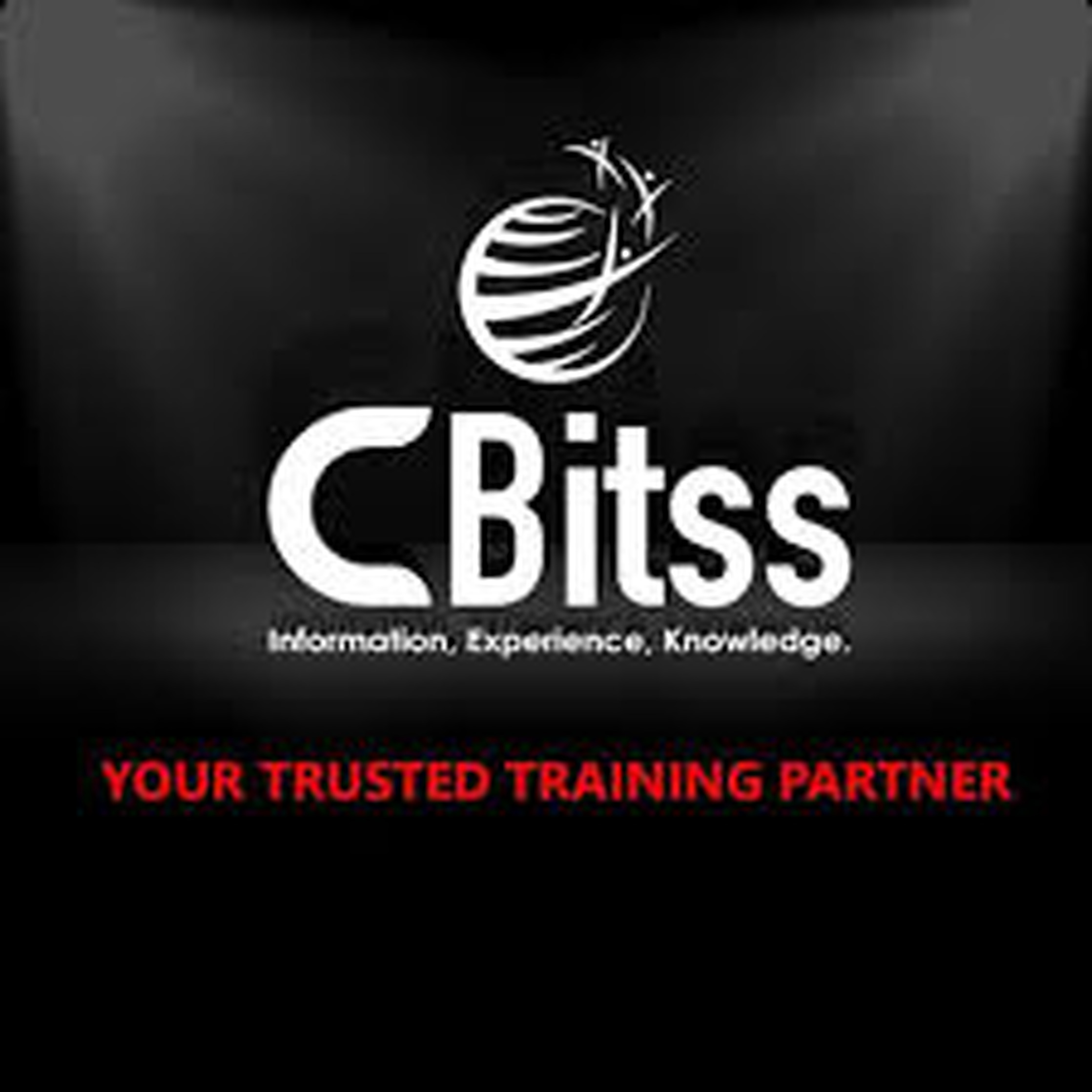Is Linux Easy to Learn? A Comprehensive Guide
Introduction
Linux, an open-source operating system, has gained significant popularity among developers, system administrators, and tech enthusiasts. Known for its stability, security, and flexibility, Linux powers a vast range of devices, from personal computers and servers to smartphones and embedded systems. Is Linux easy to learn? This article explores the learning curve of Linux, the resources available, the challenges one might face, and tips for mastering this powerful OS.
1. Understanding Linux: An Overview
-
What is Linux?
- Definition and History: Linux is a Unix-like operating system kernel first released by Linus Torvalds in 1991. It’s known for being free and open-source, meaning anyone can use, modify, and distribute it.
- Components of Linux: A typical Linux distribution includes the Linux kernel, GNU tools, libraries, and additional software.
-
Why Learn Linux?
- Career Opportunities: Linux is widely used in server environments, cloud infrastructure, and development platforms, making it a valuable skill for IT professionals.
- Open-Source Philosophy: Learning Linux introduces users to the open-source community and the collaborative nature of software development.
2. The Learning Curve: Is Linux Really Difficult?
-
Initial Challenges:
- Command Line Interface (CLI): Many beginners find the CLI intimidating compared to the graphical user interface (GUI) they are accustomed to with other operating systems.
- New Terminology: Terms like “kernel,” “root,” “shell,” and “package manager” can be unfamiliar and confusing at first.
-
Ease of Access:
- User-Friendly Distributions: Modern Linux distributions like Ubuntu, Mint, and Fedora have made significant strides in user-friendliness, offering intuitive GUIs and extensive documentation.
- Community Support: The Linux community is known for being helpful, with numerous forums, wikis, and tutorials available online.
3. Getting Started with Linux
-
Choosing a Distribution:
- Popular Distributions for Beginners: Ubuntu, Linux Mint, and Fedora are recommended for their ease of use, strong community support, and extensive documentation.
- Tailoring Your Choice: Depending on your needs—whether for development, gaming, or general use—you might choose different distributions.
-
Setting Up Your Environment:
- Live USB or Dual Boot: Beginners can try Linux using a live USB without installing it on their hard drive, or they can set up a dual boot system alongside their current OS.
- Virtual Machines: Using virtualization software like VirtualBox or VMware allows users to run Linux within their existing OS.
4. Key Concepts and Skills to Learn
-
Basic Commands:
- Navigating the Filesystem: Commands like
ls,cd,pwd,cp,mv, andrm. - File Permissions and Ownership: Understanding
chmod,chown, and the role of user permissions.
- Navigating the Filesystem: Commands like
-
Package Management:
- Installing and Updating Software: Using package managers like
apt(Debian-based) andyum/dnf(Red Hat-based). - Repositories: Understanding software repositories and how to add, remove, or configure them.
- Installing and Updating Software: Using package managers like
-
Scripting and Automation:
- Shell Scripting: Basics of writing shell scripts to automate tasks.
- Cron Jobs: Scheduling tasks with cron.
5. Resources for Learning Linux
-
Online Courses and Tutorials:
- Platforms: Websites like Udemy, Coursera, edX, and Linux Academy offer comprehensive Linux courses for all levels.
- Free Tutorials: Websites like HowtoForge, Linux.org, and The Linux Documentation Project provide valuable resources.
-
Books and Manuals:
- Classic Texts: “The Linux Command Line” by William Shotts, “Linux Pocket Guide” by Daniel J. Barrett, and “How Linux Works” by Brian Ward.
- Manual Pages: Using the
mancommand to access built-in documentation for Linux commands.
-
Community and Forums:
- Linux Subreddits: Subreddits like r/linux and r/linuxquestions are great places to ask questions and share knowledge.
- Online Forums: Websites like Stack Exchange, LinuxQuestions.org, and specific distro forums.
6. Practical Tips for Mastering Linux
-
Practice Regularly:
- Daily Usage: Make Linux your primary operating system or use it regularly in a dual boot setup.
- Hands-On Projects: Engage in projects like setting up a web server, creating scripts, or contributing to open-source projects.
-
Learn by Doing:
- Break Things: Don’t be afraid to make mistakes. Breaking and fixing things is a powerful way to learn.
- Document Your Learning: Keep a journal or blog about what you learn and the issues you solve.
-
Join the Community:
- Contribute to Open Source: Contributing to open-source projects helps you learn and connect with other developers.
- Attend Meetups and Conferences: Engage with the Linux community through events and local meetups.
7. Common Challenges and How to Overcome Them
-
Hardware Compatibility:
- Drivers and Support: Research and ensure your hardware is supported by Linux. Use distributions known for good hardware support.
- Community Help: Utilize forums and community support for troubleshooting hardware issues.
-
Software Compatibility:
- Finding Alternatives: Many Windows or macOS applications have Linux alternatives (e.g., GIMP for Photoshop, LibreOffice for Microsoft Office).
- Using Wine or Emulators: Tools like Wine or PlayOnLinux can run some Windows applications on Linux.
8. The Future of Linux: Why It’s Worth Learning
-
Industry Adoption:
- Cloud Computing: Linux dominates cloud platforms like AWS, Google Cloud, and Microsoft Azure.
- DevOps and Containers: Technologies like Docker, Kubernetes, and CI/CD pipelines heavily rely on Linux.
-
Career Prospects:
- Job Market: Skills in Linux administration, development, and security are in high demand.
- Certification: Earning certifications like CompTIA Linux+, Red Hat Certified Engineer (RHCE), and Linux Professional Institute Certification (LPIC) can enhance job prospects.
Conclusion
Learning Linux might seem daunting at first, but with the right approach and resources, it becomes an enriching and rewarding experience. The extensive community support, abundance of learning materials, and the flexibility of Linux make it accessible to beginners and professionals alike. By starting with user-friendly distributions, practicing regularly, and engaging with the community, anyone can master Linux. Whether for career advancement or personal interest, the skills gained from learning Linux open up numerous opportunities in the tech world.












